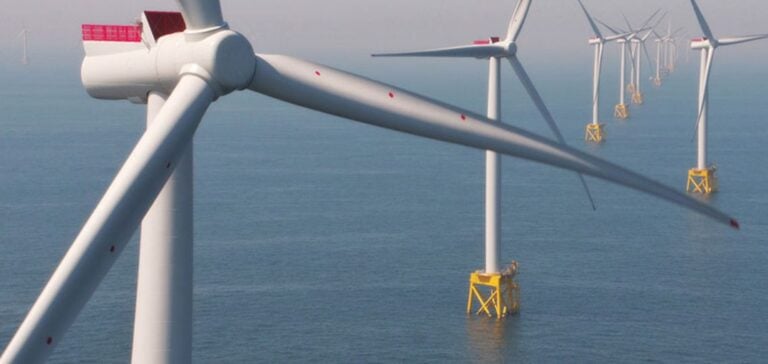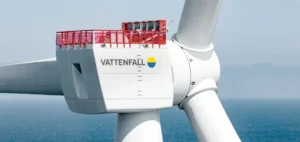Offshore wind energy in the UK is enjoying a revival, with nearly 5 GW of projects due to be awarded in the sixth round of Contracts for Difference (CFD) in 2024.
This revival comes after a blank year in 2023, when no contracts were awarded due to rising costs and CFD prices deemed insufficient by developers.
This new allocation is seen as a positive sign for the sector, although the volume awarded remains below initial expectations.
The UK government and industry players see this result as a step forward, but the target of 55 GW of installed capacity by 2030 is still a long way off.
The increase in CFD price caps and the unprecedented budget allocation have helped this comeback.
Contracts awarded for offshore wind power reached around 89.7 GBP/MWh for new projects and 82.6 GBP/MWh for re-bid projects, reflecting a reassessment of market conditions.
This price revision provides investors and developers with greater visibility on project profitability, while creating a more rational price hierarchy compared with previous allocations.
Nevertheless, the volume of capacity allocated, while significant, remains lower than the 2019 and 2022 allocations.
Challenges remain to reach the 2030 target
According to an analysis by PA Consulting, the UK currently has 31 GW of offshore wind capacity operational, under construction or under contract.
With the target of 55 GW set for 2030, this leaves around 24 GW to be contracted, a gap that requires rapid adjustments and careful planning.
Market players point out that the next allocation rounds will be crucial in closing this gap.
Forecasts focus on the 2025 and 2026 rounds, considered to be the last opportunities to bring new capacity online between now and the end of the decade.
The flexibility introduced in the sixth round, allowing developers to reduce previously allocated capacity in order to bid again, shows an adaptation to economic and technical realities.
This flexibility, exemplified by companies such as Ocean Winds and Red Rock Power, is becoming a key tool for maintaining the necessary pace of development.
However, this ability to rebid also demonstrates the challenges associated with costs and changing market conditions, which could further hinder the achievement of the national target.
A balancing act for industry players
Companies like Orsted and Iberdrola won significant contracts in this round, with projects such as Hornsea 4 (2.4 GW) and East Anglia Two (963 MW).
However, the valuation of these projects remains uncertain in the face of volatile construction and materials costs.
Indeed, the inflationary environment has led some developers to reassess their commitments, as demonstrated by Vattenfall’s decision to abandon its Norfolk Boreas project last year.
The possibility of reallocating part of the allocated capacity to more favorable market conditions illustrates the need for flexible strategies for companies wishing to remain competitive.
Other players, such as RWE, failed to win contracts in this round, despite a portfolio of projects under development in the UK, including Vanguard East, Vanguard West and the Awel y Mor extension.
This underlines the uncertainty that still hangs over future rounds and the UK’s ability to meet its targets by 2030.
The UBS analysis predicts that the next round in 2025 will be particularly competitive, pitting RWE and SSE against each other for the contracts.
Future allocation rounds under pressure
Experts agree that the next steps for offshore wind in the UK require a more proactive approach.
To maximize allocated capacity and meet 2030 targets, it is essential to have early visibility on the parameters of future allocation rounds, including budget, administrative prices and timing.
Advanced planning could enable developers to optimize their bids and ensure that projects are completed on time.
The signals sent out by the government, including the increase in ceiling prices and the unprecedented budget allocation, have partially restored the confidence of investors and developers.
However, for some players, the priority is less whether the UK will reach 50 or 55 GW by 2030, than ensuring that the sector remains attractive and growing.






















